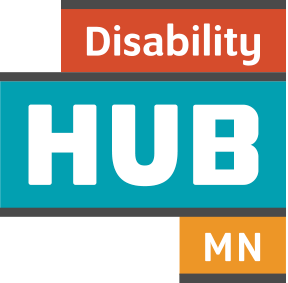Case managers meet with the person at least twice a year (or more often as needed) to monitor waiver services and review the person's needs and progress toward employment goals.
As the person chooses, these meetings may include other employment support team members, like VRS/SSB or employment service providers. For example, a VRS counselor may be invited to participate in a meeting regarding changes in the person's living situation (such as moving to a new house) to make sure employment services are aligned with the change.



